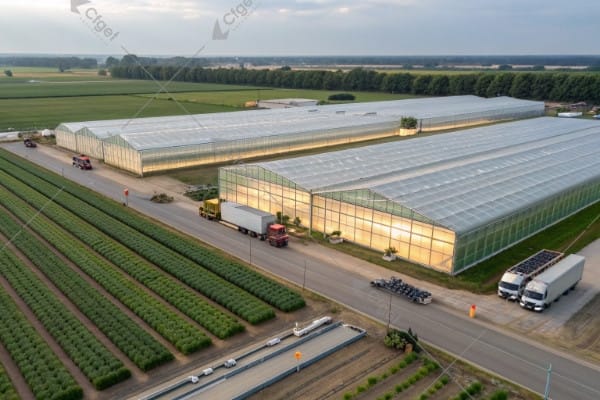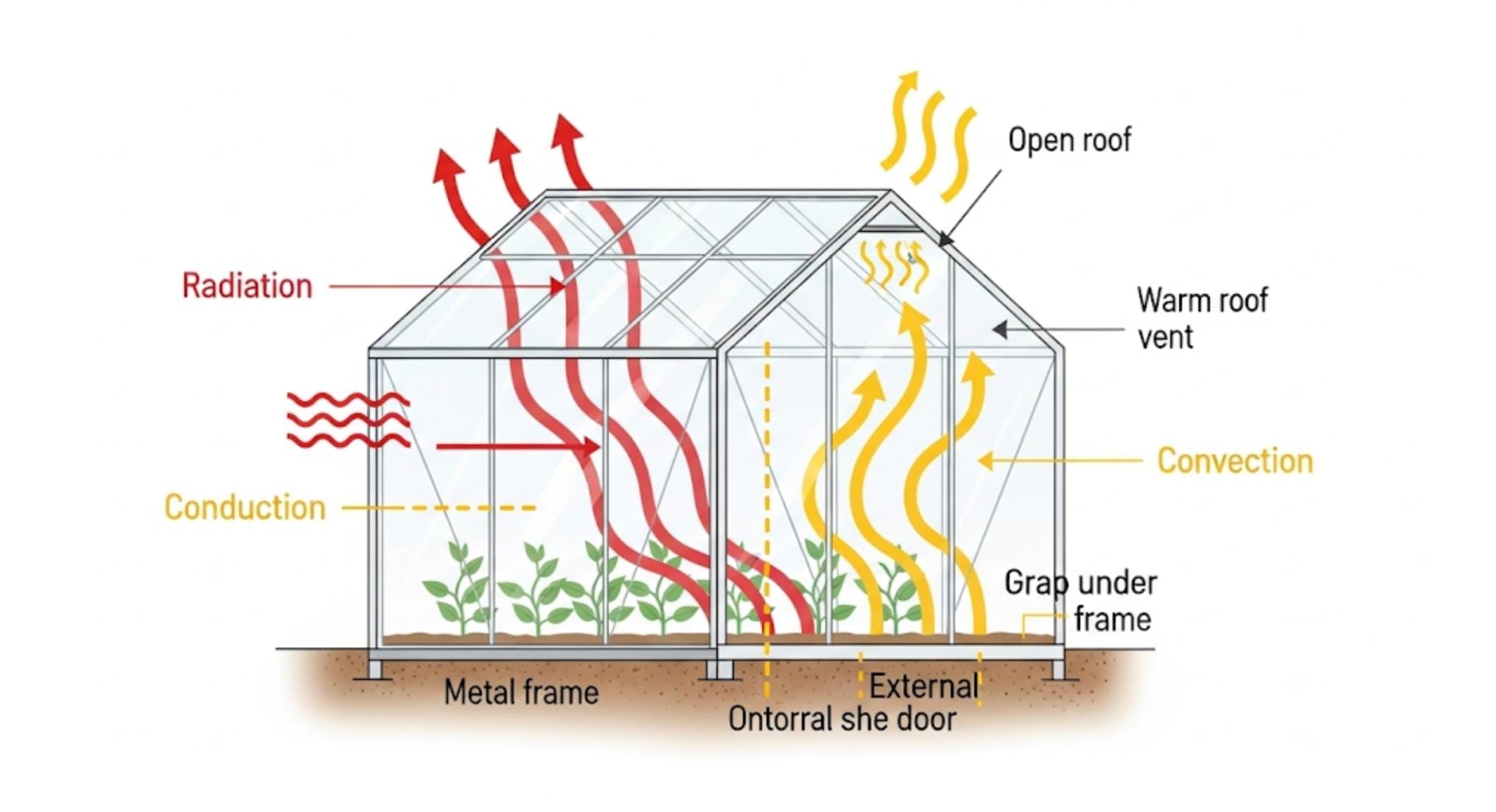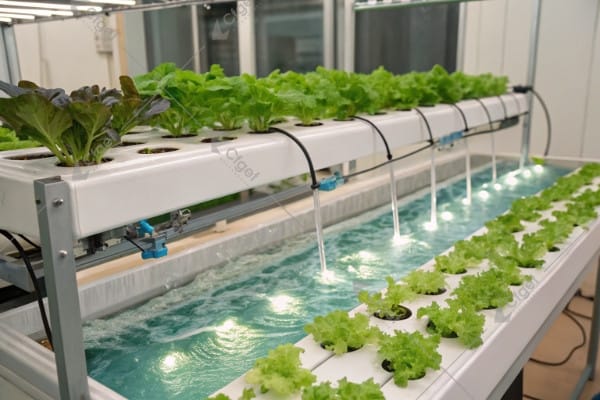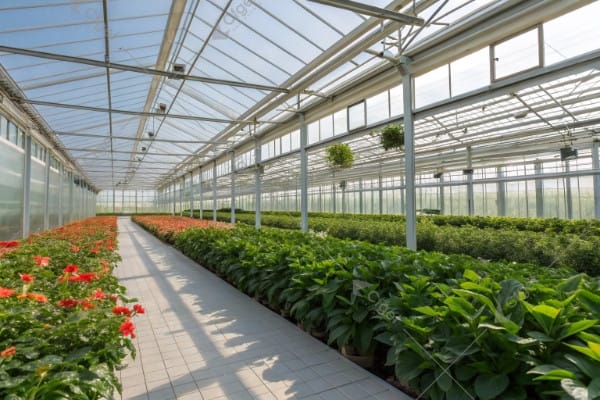You are facing unpredictable weather and struggling to maintain optimal growing conditions? Traditional methods not cutting it?
A smart greenhouse1 uses technology to automatically control the environment. It adjusts things like temperature, humidity, and light, creating the best conditions for plants. This helps you grow more, with less manual work.
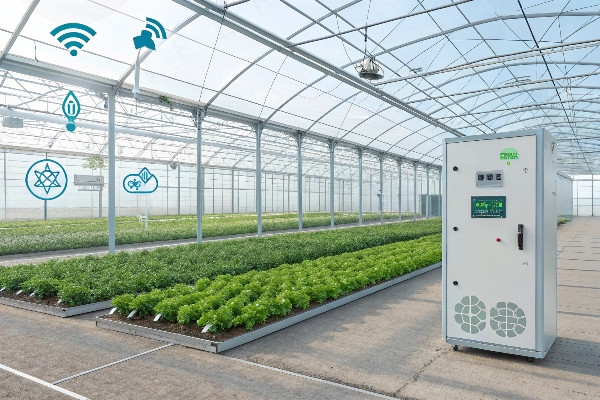
Don’t miss out: ——Everything about intelligent greenhouse systems
Traditional methods have limits. Let’s see how technology helps overcome these and explore new ways for growing.
Smart Greenhouse Technology: Benefits, Features, and How It Works?
Constantly checking and adjusting your greenhouse environment is time-consuming and can lead to mistakes? Feeling overwhelmed?
Smart greenhouse technology helps growers by automating climate control2. Sensors and software work together to keep the perfect temperature, humidity, and light. It makes growing easier and more efficient.
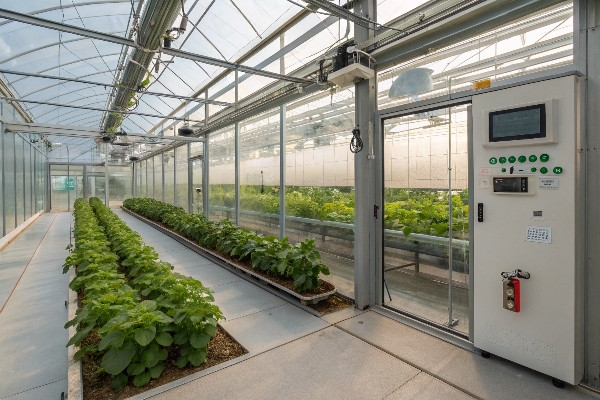
Imagine you could have a system watching over your plants 24/7. It sends information, and makes changes instantly. A smart greenhouse does that. It’s a network of sensors, controllers, and software. These work together to give your plants exactly what they need. We, at CFGET, have been designing and building these systems since 1996.
Here’s a breakdown of how it works:
| Feature | What it does | Benefit to you |
|---|---|---|
| Sensors | Measure temperature, humidity, light, CO2, etc. | Real-time data about your plants’ environment |
| Controllers | Receive data from sensors, activate equipment | Automatic adjustments to maintain ideal conditions |
| Software | Sets control strategies, monitors data, alerts you | Full control, remote access, early problem detection |
| Actuators | Control the vents, shading, irrigation and heating. | Precise environment and automated operation. |
The basic idea is to monitor both the inside and outside of the greenhouse. We use weather stations outside to check wind, rain, and light. Inside, sensors check different areas. All of this is managed by our smart control software, developed with over 28 years of experience at CFGET.
Revolutionizing Agriculture: How Smart Greenhouses Increase Yield and Quality?
Your current yields are inconsistent? You are spending too much on resources but not seeing the return?
Smart greenhouses greatly increase yield and quality3. By controlling the environment, plants grow stronger and produce more. This means higher profits and better produce for you.
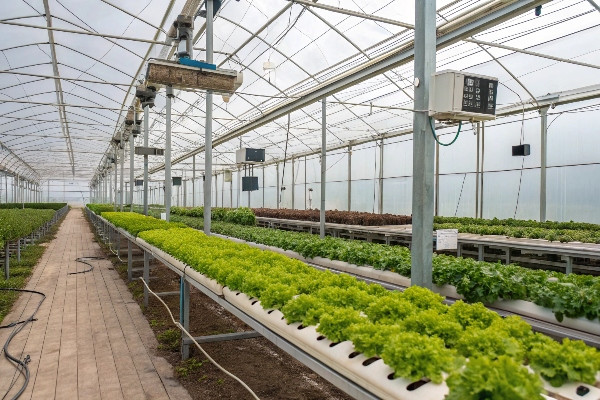
Consistent, optimal conditions are the key. Think of it like giving each plant exactly what it needs, all the time. It removes the guesswork. Because of our extensive field experience, we at CFGET have seen first hand what works best with our greenhouse systems and for our growers. With intelligent systems that control temperature, light, and water, plants are less stressed. We find they are more resistant to disease. This leads to bigger harvests, and better-tasting, more nutritious crops.
Here’s a table showing how specific improvements affect yield and quality:
| Controlled Factor | How it affects the plant | Impact on Yield & Quality |
|---|---|---|
| Temperature | Optimized for each growth stage | Faster growth, reduced stress |
| Humidity | Prevents disease, improves nutrient uptake | Healthier plants, better fruit set, reduced fungal problems |
| Light | Maximizes photosynthesis | Increased growth rate, improved color and flavor |
| CO2 | Boosts photosynthesis rate | Significantly higher yields, especially in closed greenhouses |
| Irrigation | Delivers precise water and nutrients | Efficient water use, reduces root diseases |
We have been building smart greenhouse for customers in over 20 countries. For example, some clients in Southeast Asia want to use them to quickly create optimal conditions for high-value crops. Our greenhouses allow them to do this.
Is a Smart Greenhouse Right for Your Business? A Cost-Benefit Analysis?
You are unsure if the investment in a smart greenhouse will pay off? Wondering about the long-term benefits?
A smart greenhouse is a significant investment, but it offers long-term benefits. Increased yields, reduced labor, and lower resource costs can lead to higher profits over time.
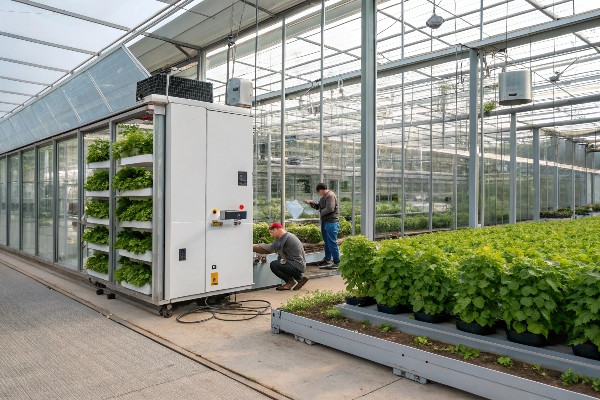
It’s important to consider your specific situation. Think about your current costs. How much are you spending on labor, water, energy, and pest control? We can also look at your losses from weather and disease. Then, compare these to the cost of setting up a smart greenhouse, and the potential gains.
Here’s how to think about the costs and benefits:
| Costs | Benefits |
|---|---|
| Initial investment in technology | Increased yields |
| System maintenance | Reduced labor costs |
| Energy for operation | Lower water and fertilizer use |
| Potential software subscriptions | Reduced losses from pests and diseases |
| Improved crop quality and consistency | |
| Remote control (monitor data, alerts you) |
CFGET works with many types of clients. We have clients like agents, high-value crop growers, and research institutions. One large agricultural producer in Central Asia needed a greenhouse. They needed a strong greenhouse. They needed a greenhouse that could handle extreme weather. A smart greenhouse solution provided that durability and the ability to precisely control the inside environment.
Smart Greenhouse vs Traditional Greenhouse?
You’re familiar with traditional greenhouses, but you’re not sure how they compare to smart greenhouses?
Smart greenhouses automate many of the tasks you do manually in a traditional greenhouse. This saves you time and allows for more precise control, leading to better results.
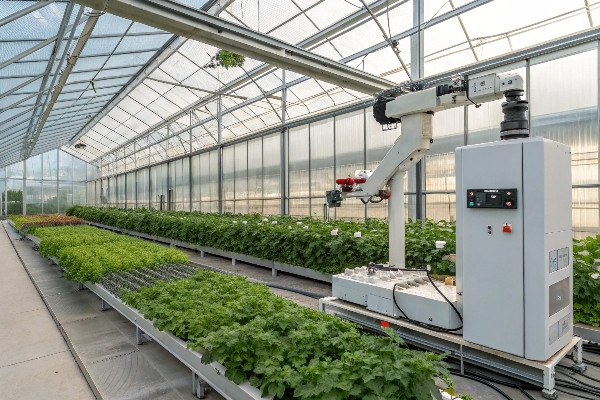
Think about a traditional greenhouse. You have to open vents, turn on heaters, and water plants by hand. It’s a lot of work, and it’s hard to get it exactly right. A smart greenhouse does these things automatically, based on real-time data. It’s like having an expert grower working for you 24/7.
Here is a comparison table:
| Feature | Traditional Greenhouse | Smart Greenhouse |
|---|---|---|
| Climate Control | Manual (vents, heaters, fans) | Automated (sensors, controllers, software) |
| Irrigation | Manual or timer-based | Sensor-based, precise delivery |
| Monitoring | Visual inspection | Real-time data, remote access |
| Labor | High | Low |
| Precision | Low, prone to human error | High, optimized for plant needs |
| Yield Potential | Limited by manual control | Maximized by optimal conditions |
| Resource Use | Can be inefficient (water, energy) | Optimized for efficiency |
At CFGET, we understand this difference. We’ve seen the evolution of greenhouses over 28 years. Smart control has two main approaches. The first is timed control – turning systems on and off at set times. The second, more advanced method, uses seven strategies. These range from controlling temperature and humidity to managing fertilizer. A greenhouse with these capabilities is what we call a truly “smart” greenhouse.
Conclusion
Smart greenhouses are a big step forward in farming. They use technology to make growing easier and more productive. If you want to improve your yields and use resources better, it is worth thinking about.
Explore the advantages of smart greenhouses to understand how they can revolutionize your growing practices and increase efficiency. ↩
Learn how automating climate control can enhance your greenhouse’s productivity and reduce manual labor, leading to better yields. ↩
Discover effective strategies to boost crop yield and quality, ensuring better profits and healthier produce for your business. ↩

